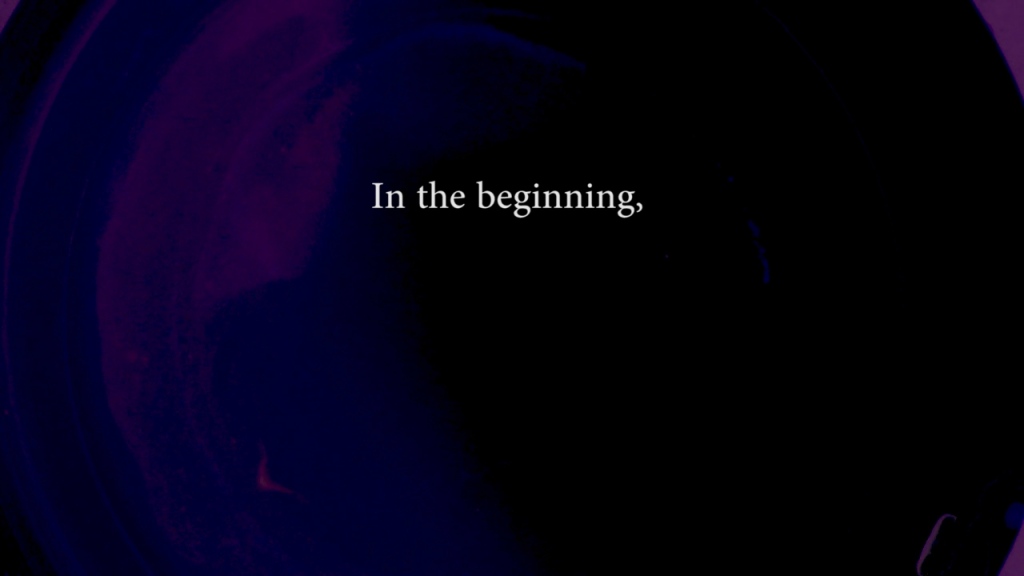The Curator
Having a background in museums, I’m well familiar with the term “curate”. In a museum sense, the curator is the subject specialist and chief story-teller. By the end of the 1980s, the museum community was finally questioning its role as gatekeeper and chief filterer of information. In countries such as mine, Aotearoa New Zealand, or in the United States or Canada for example, some of the major collections came from First Nations. The question had to be asked: WHO was doing the storytelling here? From who’s perspective? I well remember once, when hosting a school party in the Whanganui Regional Museum where I worked, a young boy from the Whanganui River pulling his teacher’s sleeve and asking why “that woman” (me) was telling him the story of a celebrated waka (canoe) from his river. I wasn’t from there. What could I possibly tell him?

He had a point. He wanted his stories to be told to him by his people. The curatorship needed to be handed back to the participants of the story. In my defence, I knew the stories because they had been handed to me to tell. But he wasn’t to know that. He just saw a white woman telling him about his tribe’s canoe.
The story-tellers of the classroom
The focus of the story-telling has changed in the classroom too. Or at least we are aware of the need for it to change to promote learner autonomy, learning ownership, motivation etc. etc. My first encounter of it was in the book “Teacher” by Sylvia Ashton Warner who, the 1960s in the remote and empoverished settlements up the Whanganui River of Aotearoa New Zealand, used the approach of using the children’s own stories to construct reading and writing material. It struck me at our Digital ELT conference (LTSIG IATEFL) in Dublin earlier this month that we are doing it, slowly, but I found myself wanting to know more about the sociology of sharing.
In Amin Neghavati’s presentation, I was interested in how his learners took to sharing learning and co-assessing work on their shared space autonomously and with little intervention or leading from the course tutors. I asked him whether he felt that it was a reflection of their culture, to be so open and generous, and to share learning like that. He replied that it was a cultural aspect of his Malaysian learners and it came naturally to them to be open and participative.
In my presentation I had talked about Māori, farming and settler communities and my own cultural context of learning, where community shared knowledge and co-created their learning and learning spaces, so I was naturally interested to hear talk of this at the conference. Russell Stannard in his presentation, reflected a lot on his growing awareness of the place of autonomy in his classroom and how he needed to change as a teacher. He admitted that he didn’t have the answers but was reflecting on the issue as it unfolded around him.
Agile and autonomous learners are what we need our students to be now. Not in the future, now. I couldn’t help but reflect on a class of teachers I have presently, and their habit-driven approach to learning. Our project together is to come to a point where they can deliver a CLIL programme and feel confident in the classroom. They look to me to turn the light on, and tell them the golden formula. I am finding I am having to work hard to unlock lost flexibility in those joints, pour on the good oil and massage brains back into life and ignite passion. I feel heavy under the weight of it all. It took them a month to sign up to my Edmodo class, and still, my weekly conversations there are with myself. In the classroom, my tired, paperwork-saturated teachers just don’t want to have to think. They want someone to give them a CLIL coursebook. Job done.
The question that came out of the conference for me was not only how to harness, co-curate and recycle/maximise all that informal learning taking place on online learning spaces such as Edmodo, but also how to motivate learners to move from being dormant to active participators in their own learning and engaging with these spaces.
In ELT, I am increasingly aware of the privileged, or particularly IT-savvy culture we move in as teachers. Our learners are not necessarily participants in this. How can we move learners from habits of passivity to activity when passivity or hierarchical frameworks form part of a local character and culture? How can a learner engage online with me and other teaching practitioners when their PLNs (Professional Learning Networks) consist of their mother, who was a teacher and their colleagues in an under-resourced school? What is Social Learning when a learner uses nothing much more than Whatsapp to organise the weekend. And as for EdTech…
And above all, who am I?
Maybe I shouldn’t be forcing my learners into anything. I should respect the input of a retired teacher mum as a learning source. If I’m talking about control being handed to the learner, perhaps what we curate together will not take the shape I envisaged at all.
And that is the next chapter.
Presentation from Digital ELT Ireland STSIG IATEFL Dublin 2015

